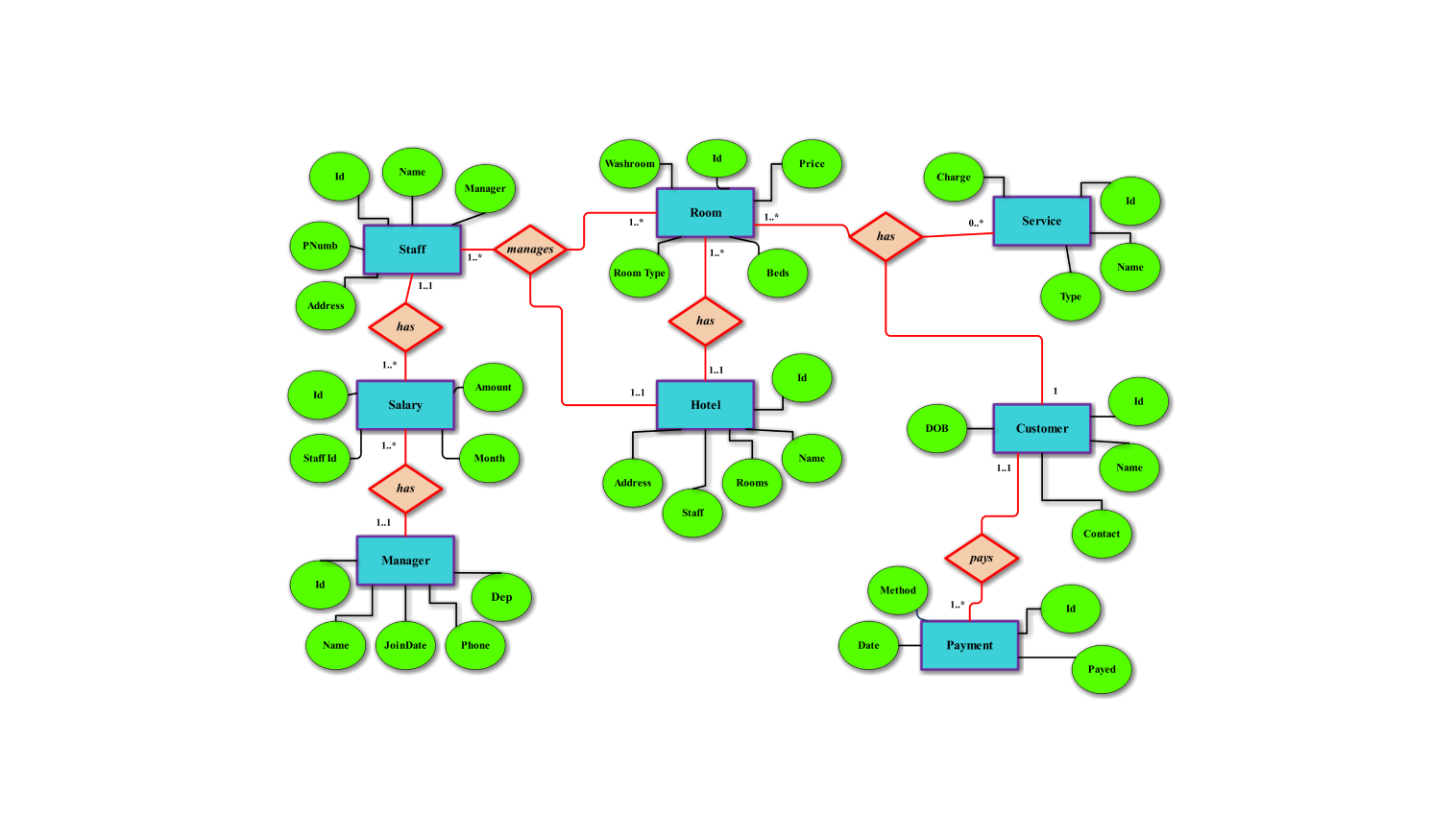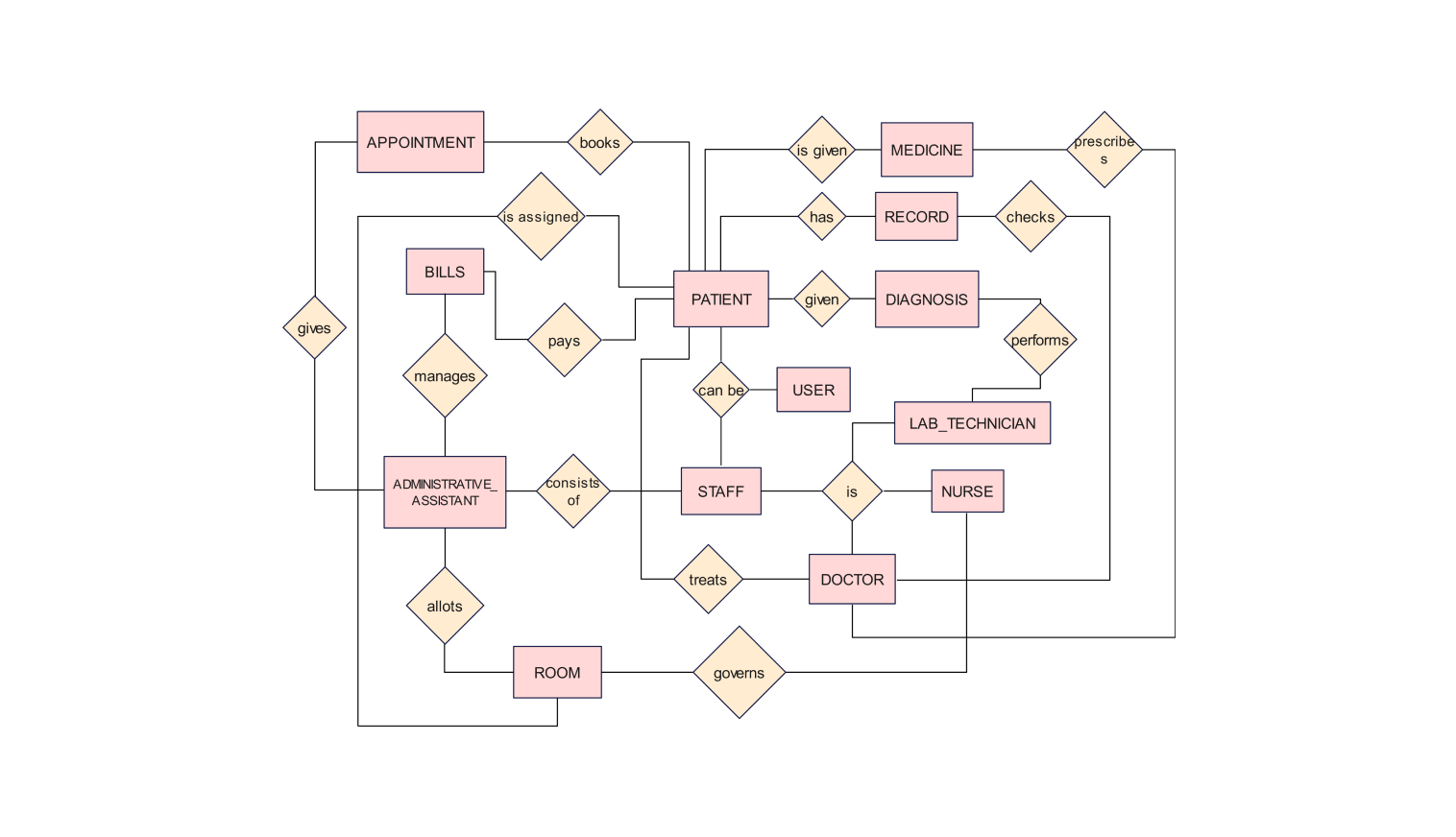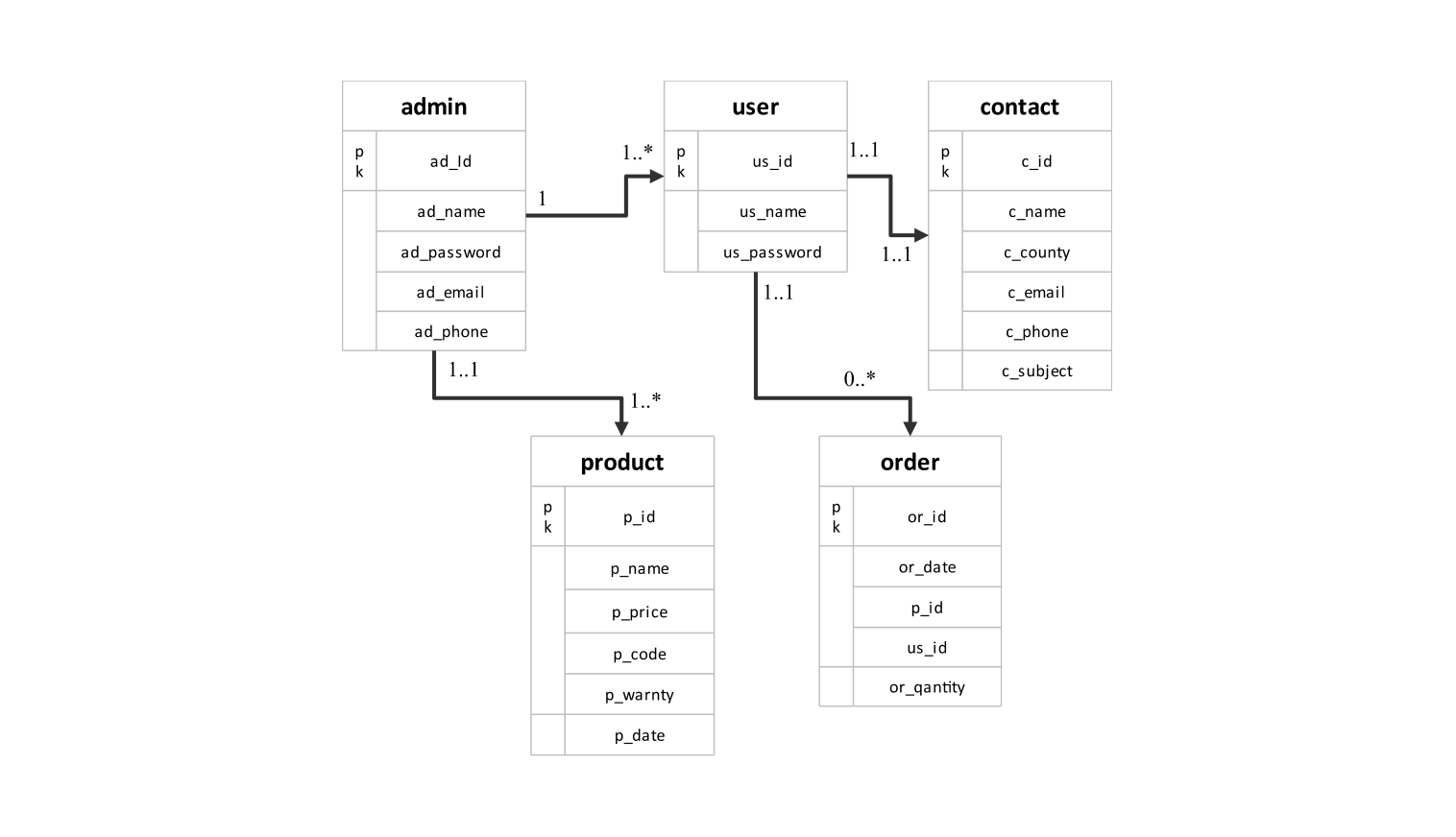- All templates
- ER diagram templates
- ER diagram warehouse management system
About this ER diagram for the warehouse management system
The ER diagram above shows the basic framework of a warehouse management system (WMS). It defines the main actors and their interactions that run the warehouse and its stock.
The inventory entity is used to control the stocks, this is to make sure that every item in the warehouse is properly accounted for. Some parameters help in real-time product and stock management. They are inventory ID, stock level, reorder level, and last update. The inventory entity has a one-to-n relationship with the warehouse entity. So, one warehouse has several inventories of different products, kept up to date.
The warehouse entity is the storage component. It comprises the specifics such as warehouse ID, name, location, capacity, and manager name. The warehouse, as mentioned, contains products. It has an inventory database that has a one-to-many relationship with the product entity. This states that a single warehouse can have lots of types of products whose quantities are taken care of in the form of an inventory.
The product entity is crucial. It has a product ID, name, description, unit price, and stock level. Products in the supply chain are linked to warehouses, shipments, and suppliers. This shows their flow.
The supplier entity comprises supplier ID, supplier name, and contact and its purpose is to forward the products to the warehouse. This ensures a constant supply of products is supplied to the market. There is always a balance between the suppliers and the products.
The shipment entity stores the details regarding the shipping products from the warehouse to the clients. This includes the shipment ID, tracking number, shipment date, and carrier. They describe how the objects are shipped and tracked. The shipment's relation to the customer shows the goods were sent, completing that part of the supply chain.
The purchase order entity records all the orders for the items. It has attributes like PO ID, order date, quantity, and total amount. These orders connect with the process in which they are used to provide information on the items that need to be purchased from the vendors to maintain sufficient stock in the facility.
Related templates
Get started with EdrawMax today
Create 210 types of diagrams online for free.
Draw a diagram free Draw a diagram free Draw a diagram free Draw a diagram free Draw a diagram free








